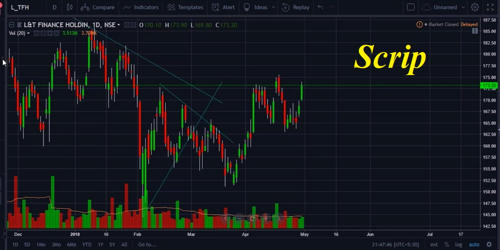Disadvantages of Long-Term Debt Financing
Long-term debt consists of loans and financial obligations lasting over one year. It is classified as a non-current liability on the company’s balance sheet. In accounting, long-term debt generally refers to a company’s loans and other liabilities that will not become due within one year of the balance sheet date.
Long-term debt financing has some disadvantages from the firm’s viewpoint as follows:
(1) Interest on debt is a permanent burden to the company. The company has to pay the interest to bondholders or creditors at fixed rate whether it earns a profit or not. It is legally liable to pay interest on the debt.
(2) A major drawback of long-term debt is that it restricts your monthly cash flow in the near term. The higher your debt balances, the more you commit to paying on them each month.
(3) Debt usually has a fixed maturity date. Therefore, the financial officer must make provision for repayment of debt.
(4) Debt is the riskiest source of long-term financing. The company must pay interest and principal at the specified time. Non-payment of interest and principal on time take the company into bankruptcy.
(5)In times of an emergency, the government has to undertake long-term .loans even though they are at a higher rate of interest. The burden of the public debt is thus too much increased.
(6) Debenture indentures may contain restrictive covenants which may limit the company’s operating flexibility in future.
(7) Only large-scale, creditworthy firm, whose assets are good for collateral can raise capital from long-term debt.
(8) If the government has accumulated large capital through long-term loans and no real assets exist to pay off such debts, then it resorts to excessive taxation.
From the investor’s point of view, in general, debt securities offer stable returns. Further, if the company is liquidated then debenture holders are paid before preferred stockholders and common stockholders. Bondholders are creditors, however, they do not participate in any increased earnings the firm may experience. Similarly, they do not get the right to vote.
Information Source:
















